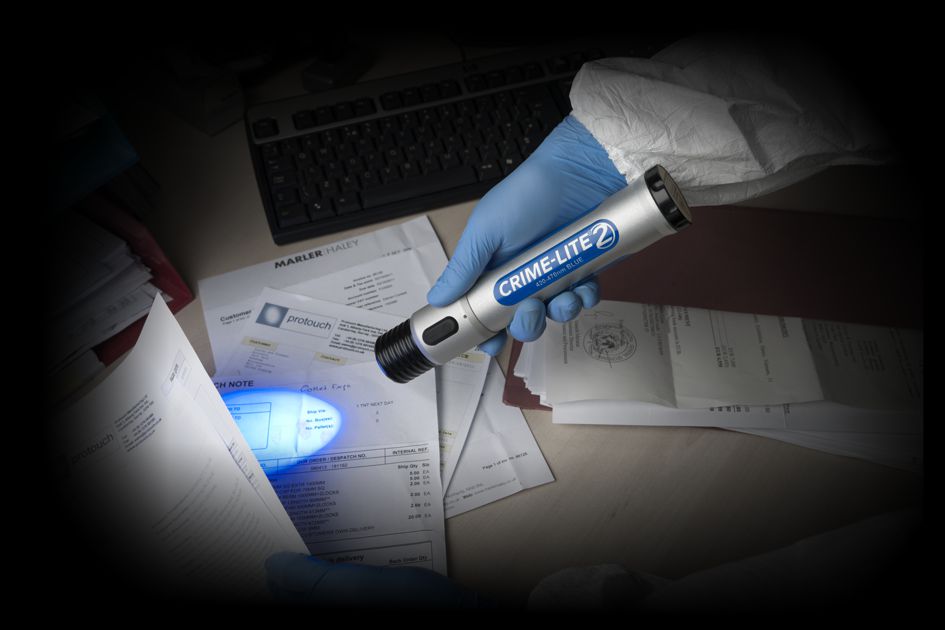Looking back over the centuries, how many crimes committed back then would have reached a different conclusion if they occurred today with the use of modern science and technology?
Advances in Forensic Science means that crime-scene evidence can be accurately gathered and examined, from collecting DNA and fingerprints to gunpowder residue from armed robbery, kidnap and murder.
DNA profiling is a powerful tool in identifying a killer. Present in every cell, it identifies you and only you and it is what’s usually left behind at a crime scene.
The Metropolitan Police estimate that they examine over 11,000 crime scenes each month and here in Who Am I? gallery, you will be able to take a look at a display of a real-life case that they needed to solve. The equipment that you will see was used by a team of forensic scientists who worked with the Metropolitan Police to solve the crime, using the latest DNA profiling technology and forensic science techniques, in particular a light source examination of the scene and objects.
One of the items on display in this case is a crime light which was used at the scene and in the lab to detect body fluids. This LED forensic light source called Crime-lite uses filters of different colours along with viewing goggles to reveal blood splatters and fingerprint evidence otherwise difficult to detect just by looking. Providing intense, even and shadow free illumination for locating evidence, Crime-lite uses a white light for general search and seven narrow band wavelengths in UV, violet, blue, blue-green, green, orange, and red.
Crime-Lite- A Forensic's handiest tool?
Take a look at how a real forensic scientist from the Metropolitan Police North-West fingerprint lab uses this technology to detect and enhance hidden marks on a knife from a GBH incident.
- Can you think of any infamous crimes that would’ve benefitted from a ‘Crime-lite’ or DNA profiling to solve the case?
- Can we rely on evidence collected in this way? Is it always 100% accurate?
- What could contaminate evidence? What preventative causes do you think police officers on the scene of a crime take to make sure they don’t disturb any evidence?
Fancy letting your students having a go to see if they can solve a crime? Our KS3 Crime Lab kit contains three activities that covers scientific techniques related to identity and can also be used to solve our crime story about an attempted robbery at the ScienceMuseum.
To learn more about how DNA evidence can help us solve crimes, visit the Who am I? gallery on the first floor of the Wellcome Wing.
-Denise Cook
